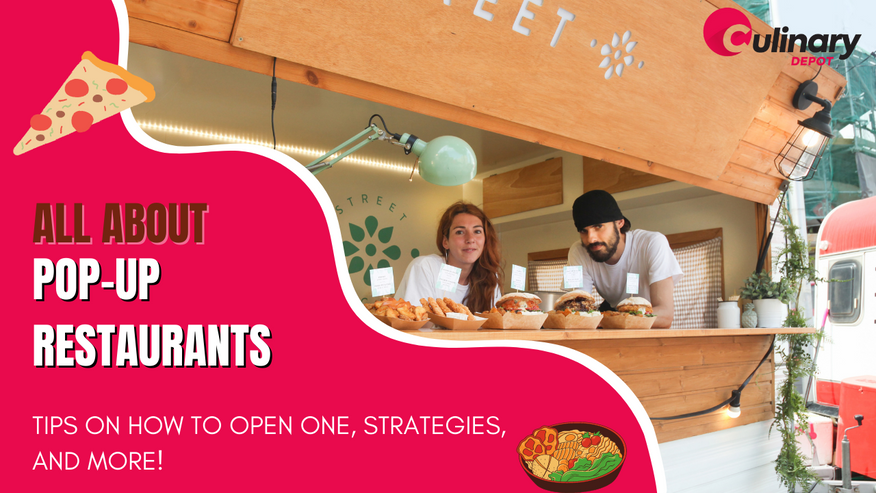Jan 31st 2023 - Team
What Is a Pop-Up Restaurant? How to Open One Successfully?
Are you considering launching a pop-up restaurant? Investigate the advantages and disadvantages, examples, and a comprehensive guide on how to open your own pop-up business by checking our list.
What exactly is a pop-up restaurant?
Pop-up restaurants are temporary restaurants and they can be anything from a one-night exclusive takeover of a neighborhood eatery to a food tent running for a few months at a local outdoor market they are usually held in a variety of locations, such as established restaurants on off days, pubs, arcades, bowling alleys, theaters, or even chefs' houses.
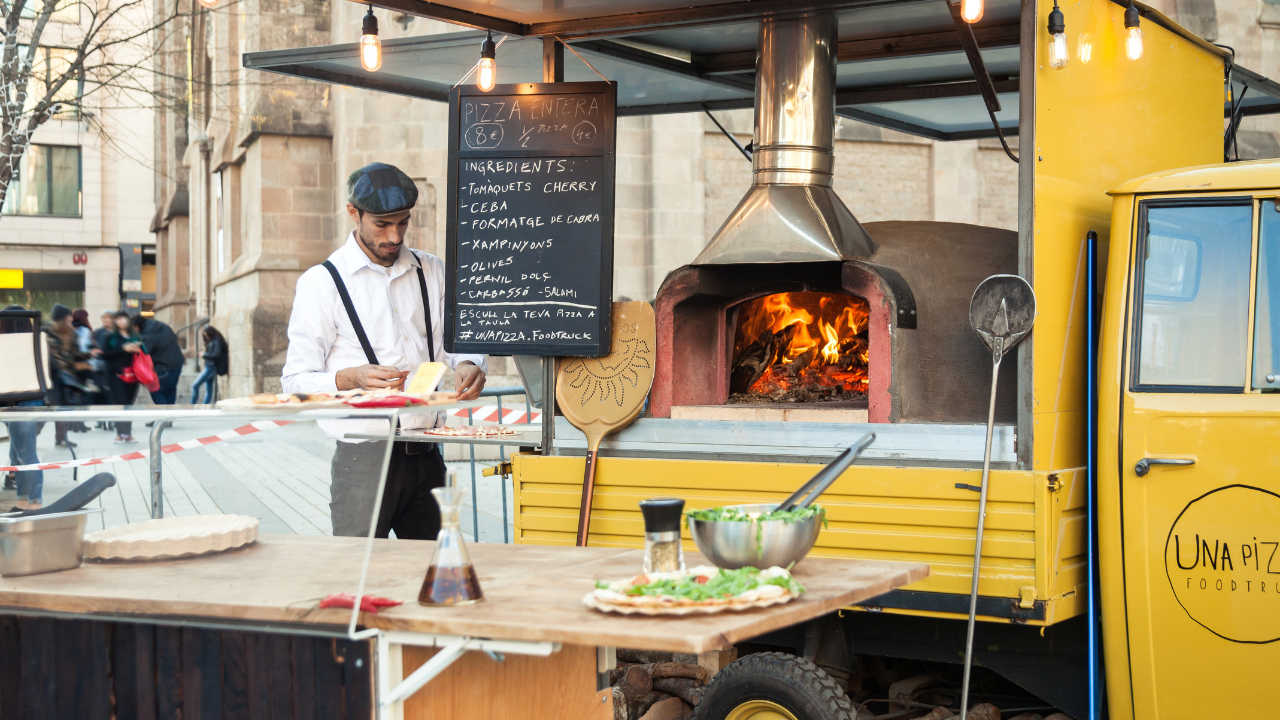
Many established and budding restaurateurs are now embracing the pop-up trend for many reasons. It establishes community ties and generates buzz and feedback before investing in a full-fledged restaurant. They're also an excellent opportunity to form partnerships with other local businesses.
What's the average duration of a pop-up restaurant?
A restaurant pop-up might run anywhere from a few hours to several months but this would depend on what the restaurant's overall goal is. If you're running a pop-up restaurant to generate money for a charity event, you might want to limit your hours to one or two nights because the limited availability is intended to build buzz and a sense of urgency among potential customers.
A longer run in your pop-up kitchen may be advantageous if you're a chef or restaurateur trying to test the market for a new restaurant idea because staying open for several weeks or months allows you and your staff to identify and handle potential problems, as well as determine if you're targeting the correct market. If your concept is well received by customers, it may be time to make your pop-up restaurant a permanent presence.
Where Can You Open a Pop-Up Restaurant?
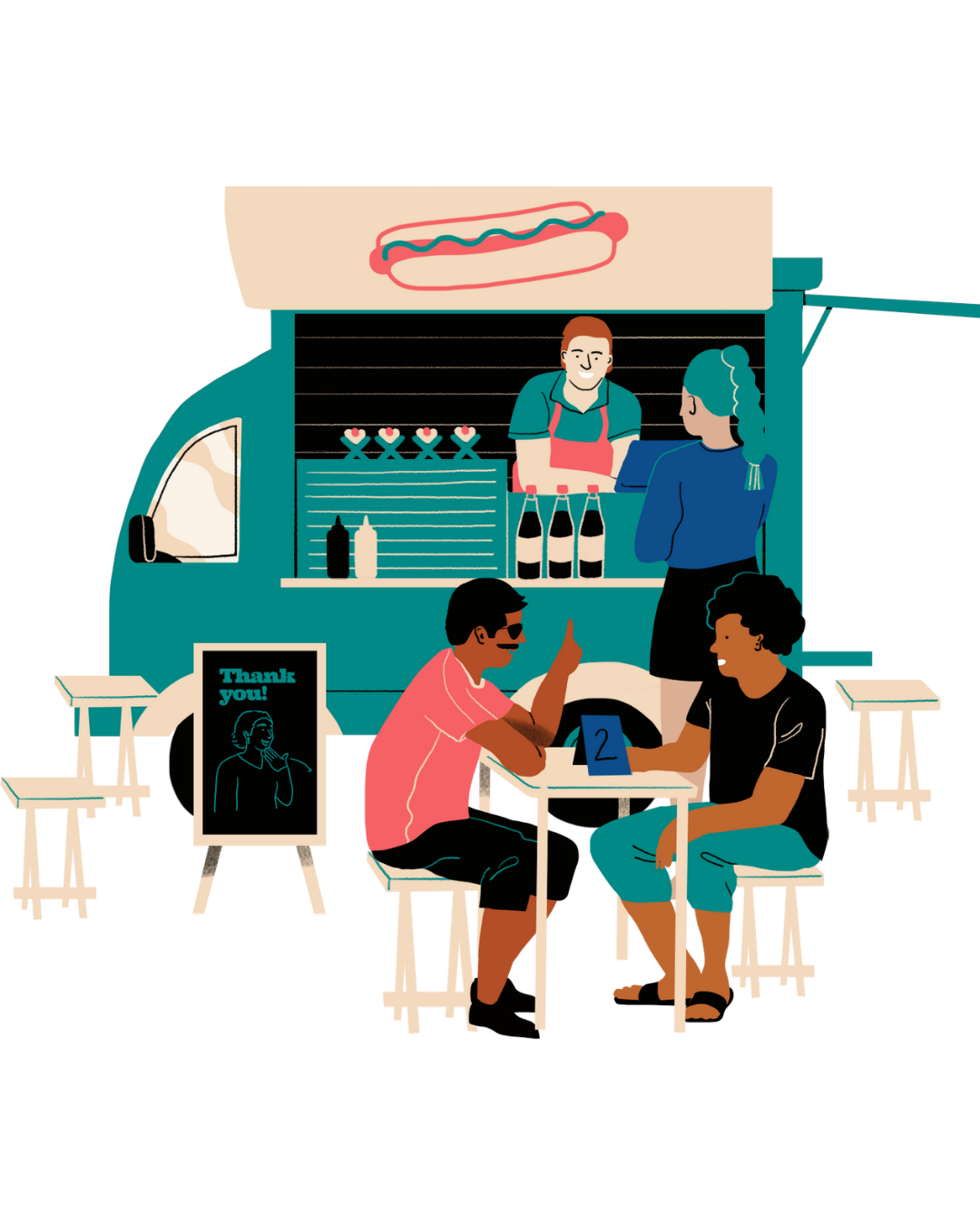
The allure of pop-up restaurants is that they may appear nearly anywhere. The caveat is that your pop-up must be in a safe location to cook and serve meals. Although unique creative pop-up settings include having it in recycled shipping containers, food trucks, old disused buildings, parks, city-wide events, or roof-top bars, safety must still be ensured.
A well-known restaurant is another excellent place for a pop-up kitchen. Establish relationships with local diners or family-run eateries that only serve breakfast and lunch and at night, you can provide your own unique food concept by utilizing the underused kitchen facilities.
Read More: Opening A Restaurant Checklist
What are the advantages of a pop-up?
Pop-up restaurant events have numerous advantages over traditional eateries because they enable first-time restaurant owners or aspiring chefs to establish a presence and reputation, as well as seasoned industry leaders to test new concepts and create a space for creativity and independence that would otherwise be lacking in a more established setting. Here are all of the advantages that restaurant operators can gain by creating a pop-up restaurant:
#1: You can put a location to the test.

A pop-up restaurant allows you to try out a site and determine foot traffic. This is perfect if you're just starting a restaurant or want to expand your presence.
#2: Experiment with Your Food Menu.
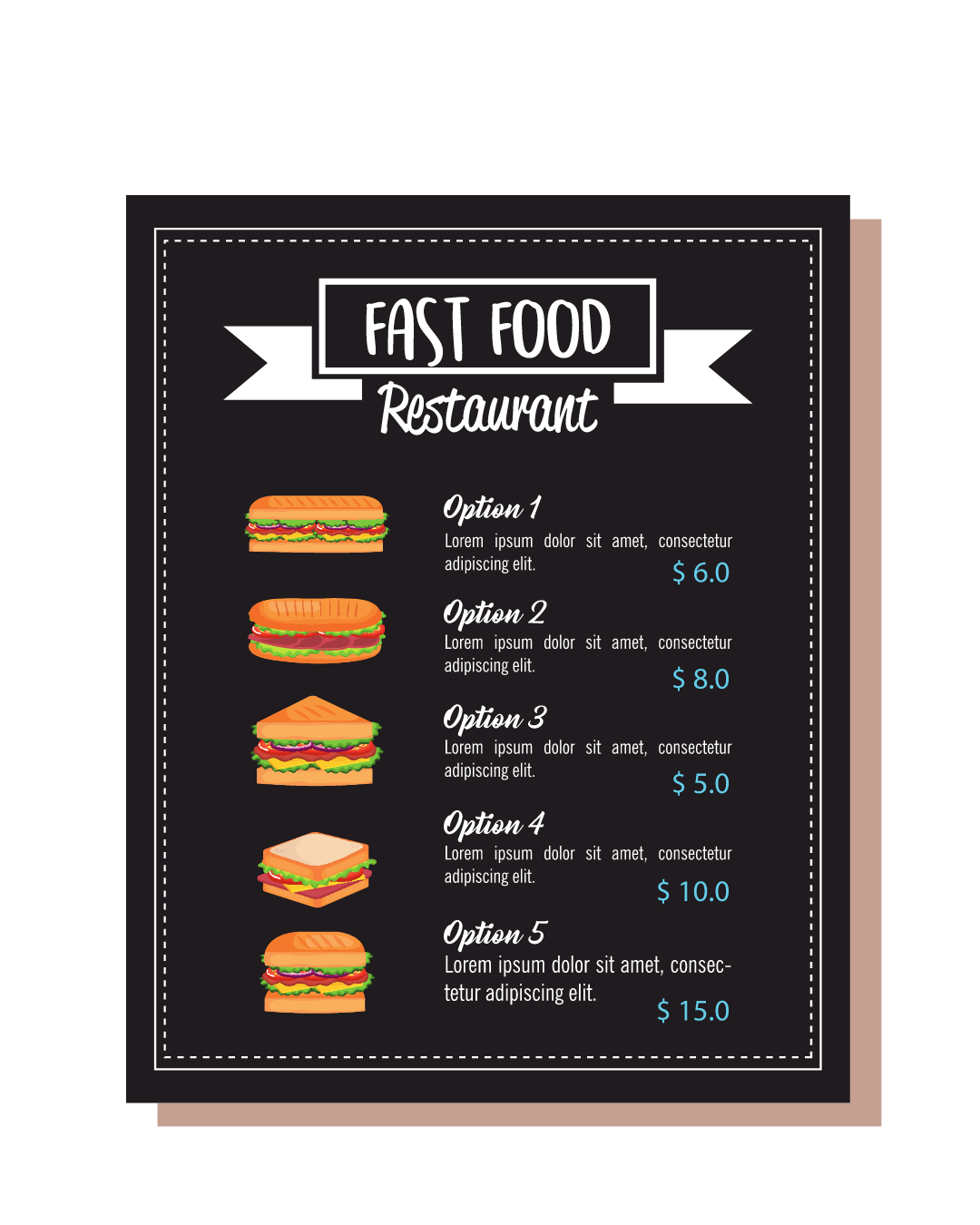
Owners enjoy pop-up restaurants because they allow them to try new things. If you have a notion that might not work at your physical location, you can put it to the test during your event and get direct feedback from clients.
#3: Create a buzz!

The limited-edition nature of a pop-up restaurant generates attention and encourages diners to visit your location as soon as possible because it creates a sense of urgency, which draws customers in faster.
#4: Persuade investors.
Proof of concept is what attracts investors the most. If your pop-up receives positive feedback, investors may be more willing to finance your traditional restaurant and invest in your long-term goal.
# 5: Restaurant costs can be reduced.

Restaurant startup fees can be daunting, but they should not deter you from pursuing your ambition of opening a restaurant. Pop-up restaurants do not require long-term financial investment and can be an economical option for any restaurateur in most situations, you'll sign a short-term lease, pay for the necessary permissions, hire mobile kitchen equipment, and buy ingredients. This can reduce overhead costs, start-up costs, and other fees that may come along with it.
#6: You may make a name for yourself in the culinary industry.
If a pop-up restaurant is successful and continues to attract guests, it has the potential to become a well-established restaurant.
Best Tips on How to Successfully Open a Pop-Up Restaurant
When putting together a pop-up, there are a lot of details to consider but this list below are areas in which you may want to focus if you want your pop-up business to succeed.
#1 Find a Unique Concept

Pop-ups are an excellent method to put a fresh restaurant style to the test. You might concentrate your concept on a single food item (such as grilled cheese sandwiches). You may even focus on a specific sort of cuisine (like Filipino food).
When considering concepts, you should examine the competitive landscape and identify industry gaps such as certain cuisines lacking in your area. Consider if there is a growing restaurant trend that you believe will be popular in your area or among your target diners.
Combine these chances with your knowledge (and passion) to create a foodie-friendly pop-up concept. Remember that if your concept and food are well received, there may be opportunities to establish a permanent location.
#2: Strategize Your Location
When it comes to choosing a place for a pop-up restaurant, there aren't many restrictions but during off-hours, you may host a pop-up in another permanent restaurant's kitchen. You may even set your business on a city rooftop, in an apartment complex, or in an unusual location.
However, you must have an open area that will pass health inspections. Make sure it also allows you to follow restaurant safety procedures, and be equipped for kitchen operations.
#3 Utilize Technology and kitchen equipment
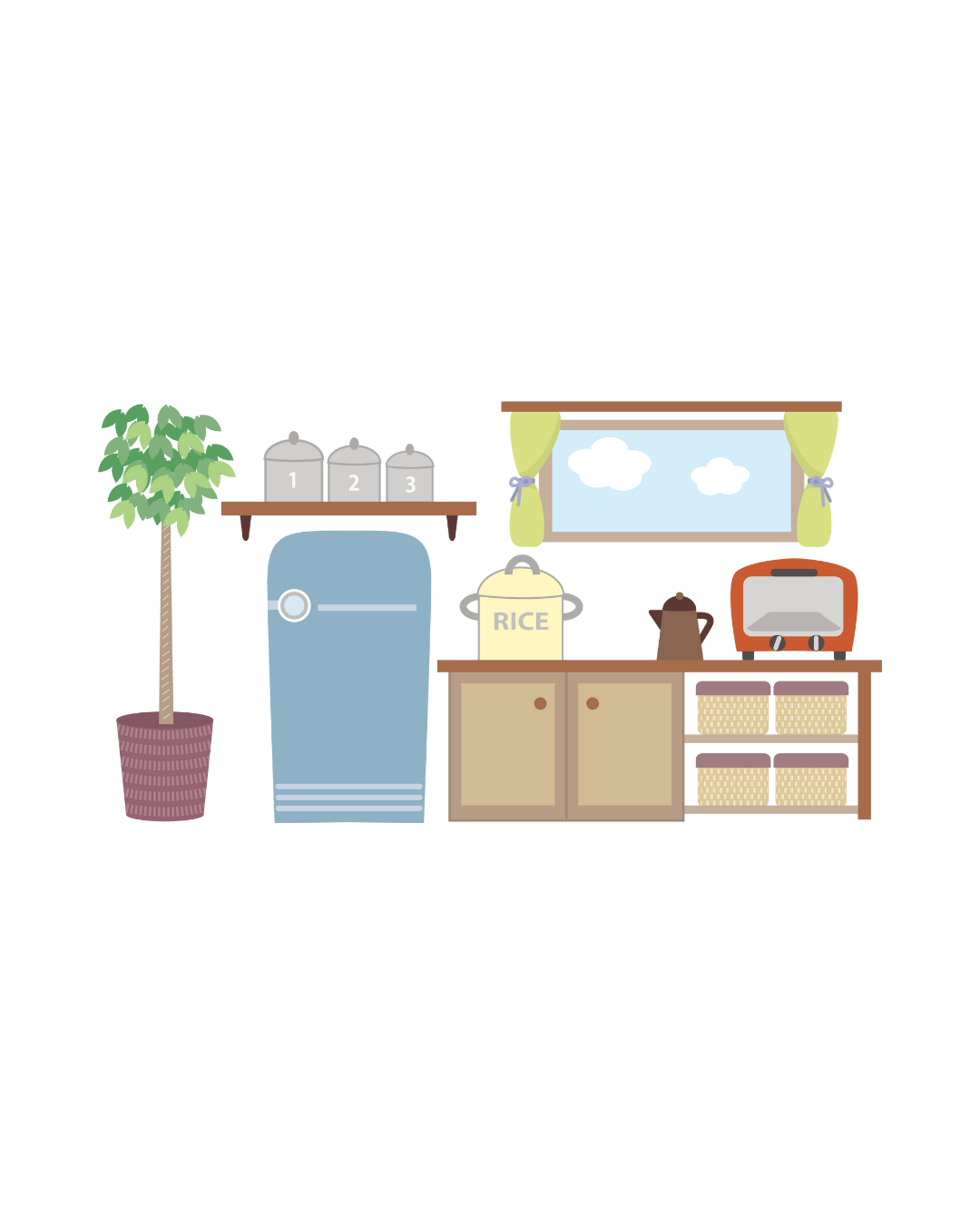
The appropriate pop-up restaurant equipment and technology may make or break your business and you must determine all of the kitchen equipment required to adequately prepare your food. Pop-up restaurants typically use the following culinary equipment:
- To swiftly prepare foods that will meet the high demand generated by a pop-up, use a grill, deep fryer, portable brick oven, or stovetop (this cooking equipment mostly relies on the type of dishes you're creating).
- To keep ingredients and maintain food quality, use a reach-in cooler or freezer.
- Portable steam table for storing meals and keeping ingredients warm
- Cleaning stations to keep the environment clean
- Cutting tables for preparing plates before serving them to customers.
Payment:

Pop-up restaurants typically receive a lot of traffic due to their short-term nature and exclusivity. This means you'll be taking a lot of payments and because you want to move quickly, ensure that your payment system can accept all forms of payment, including magstripe, chip cards, Apple Pay, and Google Pay.
Investing in integrated restaurant POS software allows you to do the following:
- accept high-volume payments
- display tipping options at the moment of purchase
- track sales statistics
- manage real-time inventory
- gather customer feedback,
This system will help you make informed business decisions in the future.
#4: Marketing strategy

A targeted promotion approach is required for a successful pop-up restaurant. It is critical to clarify your goals before laying out the structure.
May it be to promote your brand and establish a presence at a first-time event or if you are a Chef who has been in the industry for a while and may wish to try out a new restaurant concept or show off your talents, make sure that the focal point of your marketing approach is on point.
Once you have a goal, define your target audience (who you want to come to your pop-up). Consider what you want them to know and then pick out the ways you want to deliver those messages to that audience.
Your strategies could include:
- Creating a presence on social media platforms such as Facebook, Instagram, and Twitter
- Printing and distributing flyers in the neighborhood
- Using email marketing to notify customers online
- contacting reporters and bloggers in order to obtain news attention
The Disadvantages of Opening a Pop-Up Restaurant
- Must be willing to work with minimal resources or equipment, as well as in new territory.
- Controlling food and labor costs can be tough, and turning a profit might be difficult despite potentially higher check averages.
- It may be tough to get repeat clients if just occasional pop-ups are opened.
- Social media, public relations, community building, and marketing are heavily used.

